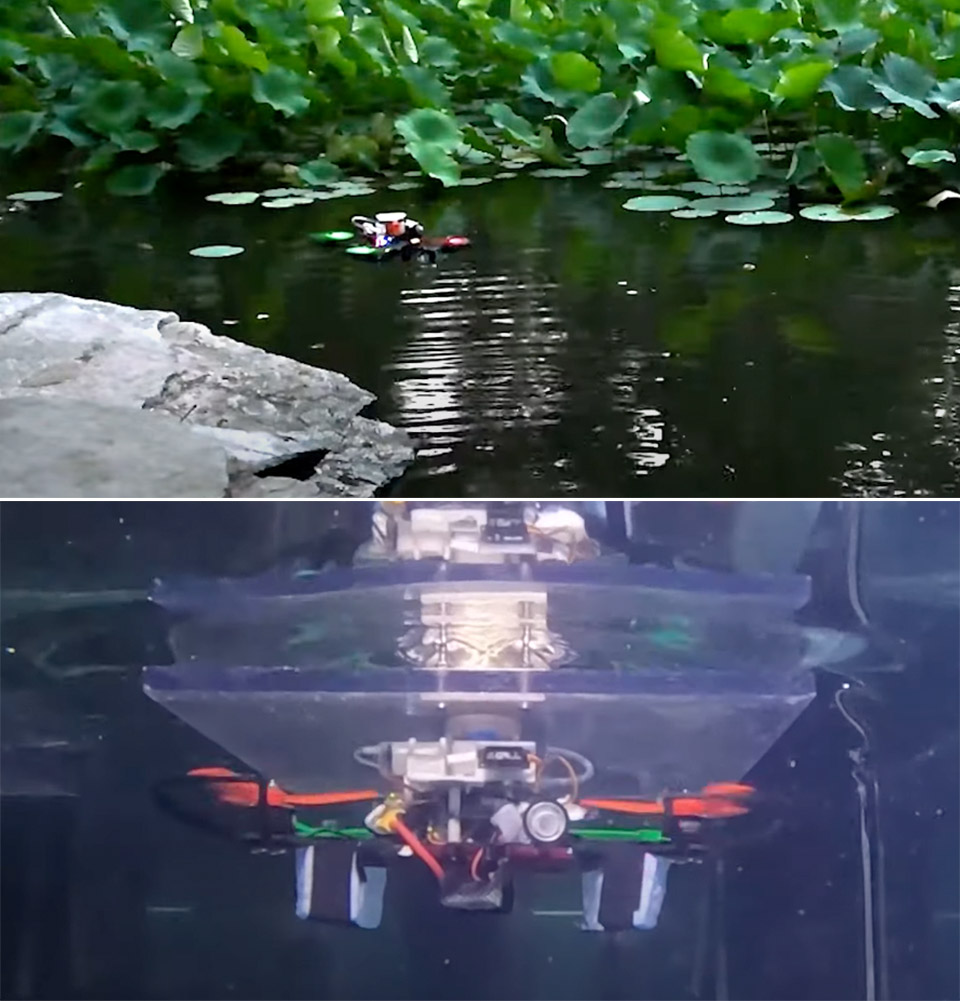
Two teeth, viewed from multiple angles, from the newly identified ancient ape Buronius manfredschmidi
Böhme et al., 2024, PLOS ONE, CC-BY 4.0
A tiny, vegetarian great ape may have lived in western Europe 11.6 million years ago. Smaller and lighter than any other known great ape, the newly discovered 10-kilogram primate was a skilled climber that probably ate leaves, says Madelaine Böhme at the University of Tübingen in Germany.
“It’s quite a small primate,” she says. “But it differs from all known fossils and, of course, all living great apes we know so far.”
About 15 million years ago, in the middle of the Miocene Epoch, hominoids – the great apes – became rarer in Africa and more abundant in Europe. While they sometimes shared habitats with other primates such as pliopithecoids – extinct cousins of apes and Old World monkeys – hominoid species didn’t appear to coexist with each other in Europe.
In 2019, Böhme and her colleagues reported the discovery of 37 bones at Bavaria’s Hammerschmiede archaeological site that appeared to come from an early bipedal ape from 11.6 million years ago, which they named Danuvius guggenmosi.
During the excavations, Böhme was surprised when she found two tiny, ape-like teeth and a kneecap in the same layer of sediment as the Danuvius fossils.
“We kept saying: ‘What is this?’” she says of these smaller fossils. “And then we decided, OK, it’s clear: this is something new.”
The fossils are too old for DNA analysis, says Böhme. So the researchers took detailed measurements of the 7-millimetre-long molar and the 16-millimetre-wide kneecap, both from a juvenile, as well as a smaller premolar fragment, which they say came from a young adult. They also calculated the thickness of the enamel and ran microscopic CT scanning of the teeth.
The thin enamel, like that of gorillas, suggests a soft diet probably composed of leaves, says Böhme. The shape, thickness and ligament attachment sites of the kneecap resemble those of tree-living primates, hinting that the ape was a proficient climber.
The researchers named the new ape Buronius manfredschmidi, after the medieval name of a city near the Hammerschmiede site, and a dentist named Manfred Schmid who has been collecting fossils from the site since the 1970s.
Lack of competition for resources might explain why the Buronius and Danuvius apes could live together, says Böhme – Danuvius is thought to have eaten hard foods like nuts and possibly meat. The team cannot rule out the possibility that the larger ape, which might have been up to three times heavier, may have sometimes fed on the smaller species, she adds.
However, the three fossils might not be sufficient to make such “grandiloquent” conclusions, says Sergio Almécija at the American Museum of Natural History in New York City. “Could the smaller fossil elements belong to an infantile Danuvius individual?” he asks. “The teeth certainly look like they could be deciduous [baby teeth].”
He also wonders whether the kneecap represents the same species as the teeth. “Even though it is suggested that it belongs to a juvenile individual, its size overlaps with the lower range of adult orangutans [which are much larger apes],” says Almécija.
Clément Zanolli at the University of Bordeaux, in France, also has doubts. “It is not very clear to me if the teeth – and in particular the molar – belong to the hominoids or to another primate superfamily, the pliopithecoids.”
Böhme and her colleagues say their comparisons ruled out the possibility that the teeth are baby teeth or pliopithecoid teeth.
In any case, the possibility that two primate species shared the same habitat and perhaps even interacted with each other is a “fantastic discovery”, says Zanolli. “This shows once again that, at that time, Europe was a luxurious and hospitable place for primates to evolve.”
Topics:

























































